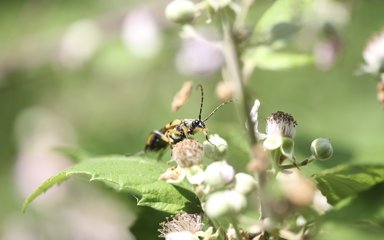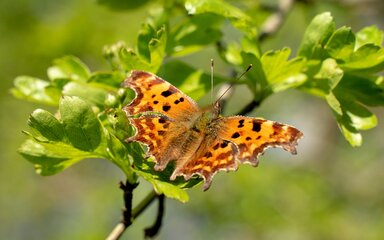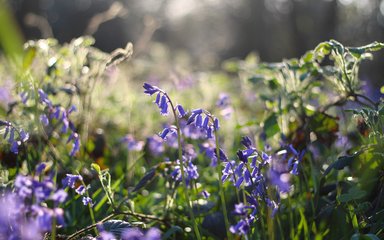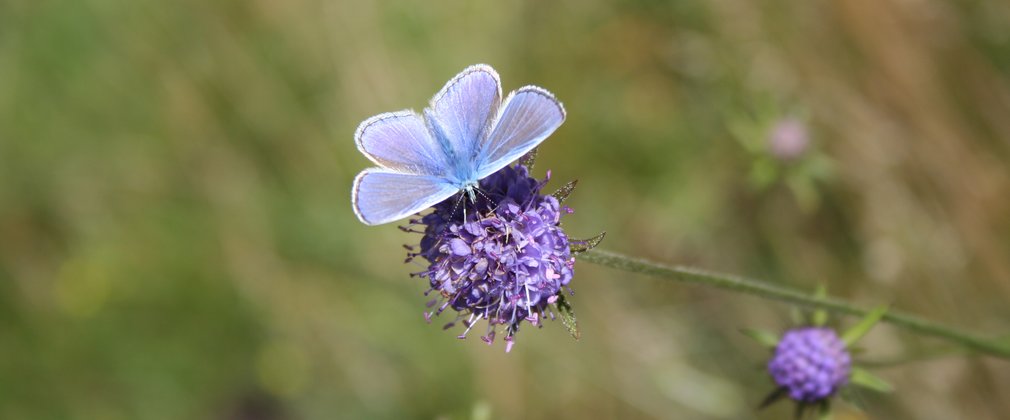
The nation's forests are not always about trees
Trees provide many benefits, but open space is essential for wildlife and our climate. Find out why open habitats are such an important feature in our landscapes.
What is open habitat?
Open habitat is an open space managed primarily for wildlife. It can refer to a range of habitats, such as heathland, peatland and wetland. They are all very important for many different species, including rare reptiles, insects and birds. They are also important for our climate, by storing carbon in soils.
The nation’s forests are a patchwork of habitats, carefully planned using principles of sustainable forest management set out by the UK Forestry Standard (UKFS). Within a forest UKFS requires 10% open ground or ground managed primarily for conservation or biodiversity.
What is Forestry England doing?
We have been working hard to protect and restore open habitats across England. Almost one fifth of the landscapes we manage are open habitats, and we are proud of this. Our landscapes are among the most valuable habitats for wildlife in the country, home to over half of England’s rarest and most threatened species.
In the past, many trees were planted on heath, moors and peat bogs across Britain because it seemed a good use of the land at the time. These areas couldn’t support agricultural crops but could supply vital timber. We now know these unique habitats are hugely important for our climate and for rare wildlife.
Today we also use a natural capital approach to sustainably manage landscapes. This ensures the nation's forests provide the right balance of benefits for people, nature and the economy. Sometimes this means removing existing trees or choosing not to replant after harvesting timber, where this most benefits the environment.
Caring for open habitat
We care for the country’s best open habitats. Much of the open habitat we manage is recognised as Sites of Special Scientific Interest (SSSIs) for their value to nature.
We care for 9,000 hectares of lowland heathland, the most common type of open habitat in our landscapes. We're proud to say 89% is in the best state possible, which is classed as ‘favourable condition’. The national average is 43% in this condition.
The second biggest type of open habitat we manage is upland bogs (8,000 hectares) and 77% of these are in favourable condition. This is compared to a national average of 11% in this top condition.
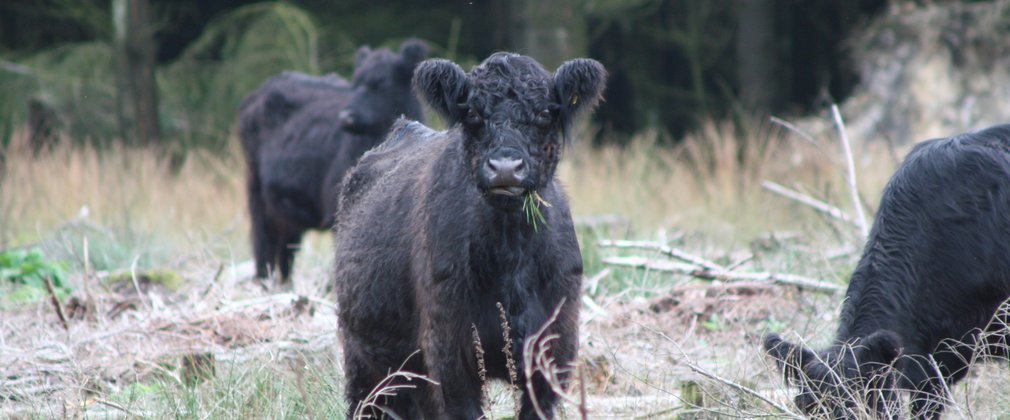
A helping hand... or hoof!
We often work with partners to maintain and manage open habitats. One way is by allowing livestock on to the land for low-intensity grazing. These natural lawn mowers help to reduce the amount of bramble and bracken, and increase the variety of plant species across these sites.
We also use some mechanical techniques to keep the habitat open. Tractors or other machines can be used to prevent trees and shrubs regenerating. We always consider important, historic features in the landscape to ensure we protect them too.
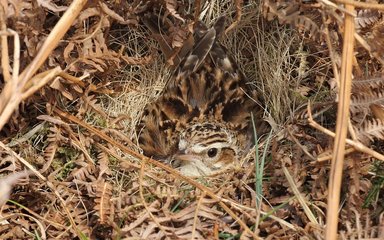
Breckland, Thetford Forest
Breckland is a unique landscape encompassing Thetford Forest, and one of the driest places in the country.
Species have adapted to survive on nutrient poor soils and disturbed, tightly grazed grasslands. This is due to the history and geology of the region, including the historic practice of warrening rabbits on the land and glacial deposits of acidic sands. The result is a mosaic of plant and invertebrate communities found nowhere else in the UK.
The rare plants and invertebrates rely on careful management of vegetation and periodic disturbance of the soil. We cut the turf with tractor drawn metal cutters to break up the surface of the soil. This removes nutrients and creates exposed faces of soil for burrowing wasps, beetles, moths and plant species. In turn, this provides perfect foraging and nesting habitat for the iconic woodlark, which relies on corridors of open space between trees and newly established young trees.
Frequently asked questions
Shouldn’t we be planting more trees, not removing them?
Trees, woodlands and timber are important and provide countless benefits. They are vital for combating the climate crisis, so we always consider the carbon balance of changing habitats. Sustainable timber is also important for a low-carbon economy, and to reduce demand on other countries where forests may not be sustainably managed.
Any plan to remove woodland is carefully considered. The nation’s forests are independently audited and certified as sustainably managed. We compensate for the woodland cleared for open habitat by planting another, more suitable, location so that woodland cover is not lost. We are also committed to expanding the nation’s forests by creating new woodlands in England.
Why don't we create even more open habitat?
Keeping open habitat in a good condition takes time, money and expertise. We're proud of the condition of open habitat in our care. Removing existing trees is costly and means the sustainable timber supply is also lost. England needs more tree cover and all types of woodland are important for wildlife. Woodland habitats are also better suited to coping with the millions of visitors we get each year.
Creating an area of open habitat is not always successful. Trees will regenerate naturally and sometimes it is not a good use of limited resources to work against this. So, in some instances, we move on to find a better place to create open habitat instead. These ‘unsuccessful’ areas are still very valuable for wildlife, providing a mosaic of scrub, open and woodland habitats.

